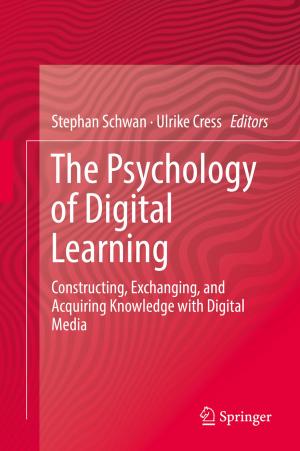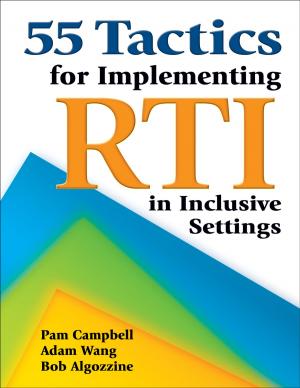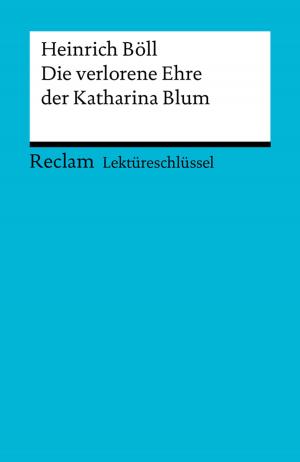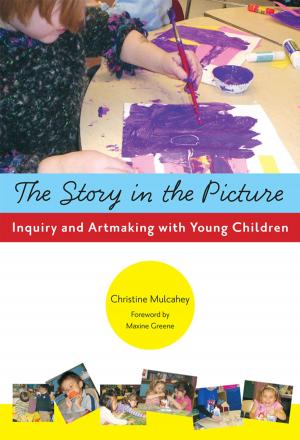The Value Added Teacher Success Series: Improving Outcomes for African American Males in the Classroom
Nonfiction, Reference & Language, Education & Teaching, Teaching, Teaching Methods| Author: | Marlinda Boxley | ISBN: | 9781311972019 |
| Publisher: | Marlinda Boxley | Publication: | December 17, 2013 |
| Imprint: | Smashwords Edition | Language: | English |
| Author: | Marlinda Boxley |
| ISBN: | 9781311972019 |
| Publisher: | Marlinda Boxley |
| Publication: | December 17, 2013 |
| Imprint: | Smashwords Edition |
| Language: | English |
The Value Added Teacher Success Series was created to prepare both new and veteran educators for earning effective ratings using new teacher evaluation systems that link student performance on standardized tests to teacher performance. These new and enhanced teacher evaluation systems have a category entitled "value added" which is used to demonstrate that effective teachers are those whose students experience growth on standardized tests. The value added model is an attempt to measure what each teacher has "added" to the education of each student. The policy rationale is based upon the premise of holding teachers accountable for student learning. According to a 2013 National Council on Teacher Quality report, 36 states link student achievement to teacher evaluation systems, and 30 states require evidence of student learning as part of their new teacher evaluation systems. Only the following states have yet to link student achievement to teacher evaluation systems: Alabama, California, Idaho, Iowa, Montana, Nebraska, New Hampshire, North Dakota, Texas and Vermont. In the era of accountability and reform, there seems to be little agreement on the details of this "value added" component. Some districts are struggling with the measures to be used to track student progress, and the actual amount of student progress to be achieved during the course of a year. Some states are using English and Math exams in grades 3-8 for teacher evaluation purposes since they are currently being used for No Child Left Behind accountability. States that receive Race to the Top Grants must also agree to incorporate student test scores in their teacher evaluation systems.
Opponents of the value added model cite a variety of concerns. The major concern is that the assessments used to measure student growth were not designed to make comparisons across teaching in dissimilar schools and student populations. Another concern is that the value added model has shown a lack of reliability in controlling for the following factors: prior achievement, student demographic variables, and classrooms with high rates of subgroup populations. Regardless of your position on this policy debate, an effective teacher will use state, district, and classroom data to plan, track, and monitor student progress will be prepared to demonstrate with evidence their ability to increase student achievement across and within all subgroups in their classroom. Common subgroups are: students who receive special education services, English Language Learners and students who receive Free and Reduced Lunch. In the current era of school accountability and reform, it is imperative that educators are mindful of the employment and compensation decisions that are being made on the basis of teacher evaluation systems. Both new and veteran teachers will need to implement innovative strategies to improve student achievement and performance for all students. The Value Added Teacher Success Series was developed to provide educators with the tools to make an impact upon all learners in their classroom.
The Value Added Teacher Success Series was created to prepare both new and veteran educators for earning effective ratings using new teacher evaluation systems that link student performance on standardized tests to teacher performance. These new and enhanced teacher evaluation systems have a category entitled "value added" which is used to demonstrate that effective teachers are those whose students experience growth on standardized tests. The value added model is an attempt to measure what each teacher has "added" to the education of each student. The policy rationale is based upon the premise of holding teachers accountable for student learning. According to a 2013 National Council on Teacher Quality report, 36 states link student achievement to teacher evaluation systems, and 30 states require evidence of student learning as part of their new teacher evaluation systems. Only the following states have yet to link student achievement to teacher evaluation systems: Alabama, California, Idaho, Iowa, Montana, Nebraska, New Hampshire, North Dakota, Texas and Vermont. In the era of accountability and reform, there seems to be little agreement on the details of this "value added" component. Some districts are struggling with the measures to be used to track student progress, and the actual amount of student progress to be achieved during the course of a year. Some states are using English and Math exams in grades 3-8 for teacher evaluation purposes since they are currently being used for No Child Left Behind accountability. States that receive Race to the Top Grants must also agree to incorporate student test scores in their teacher evaluation systems.
Opponents of the value added model cite a variety of concerns. The major concern is that the assessments used to measure student growth were not designed to make comparisons across teaching in dissimilar schools and student populations. Another concern is that the value added model has shown a lack of reliability in controlling for the following factors: prior achievement, student demographic variables, and classrooms with high rates of subgroup populations. Regardless of your position on this policy debate, an effective teacher will use state, district, and classroom data to plan, track, and monitor student progress will be prepared to demonstrate with evidence their ability to increase student achievement across and within all subgroups in their classroom. Common subgroups are: students who receive special education services, English Language Learners and students who receive Free and Reduced Lunch. In the current era of school accountability and reform, it is imperative that educators are mindful of the employment and compensation decisions that are being made on the basis of teacher evaluation systems. Both new and veteran teachers will need to implement innovative strategies to improve student achievement and performance for all students. The Value Added Teacher Success Series was developed to provide educators with the tools to make an impact upon all learners in their classroom.















